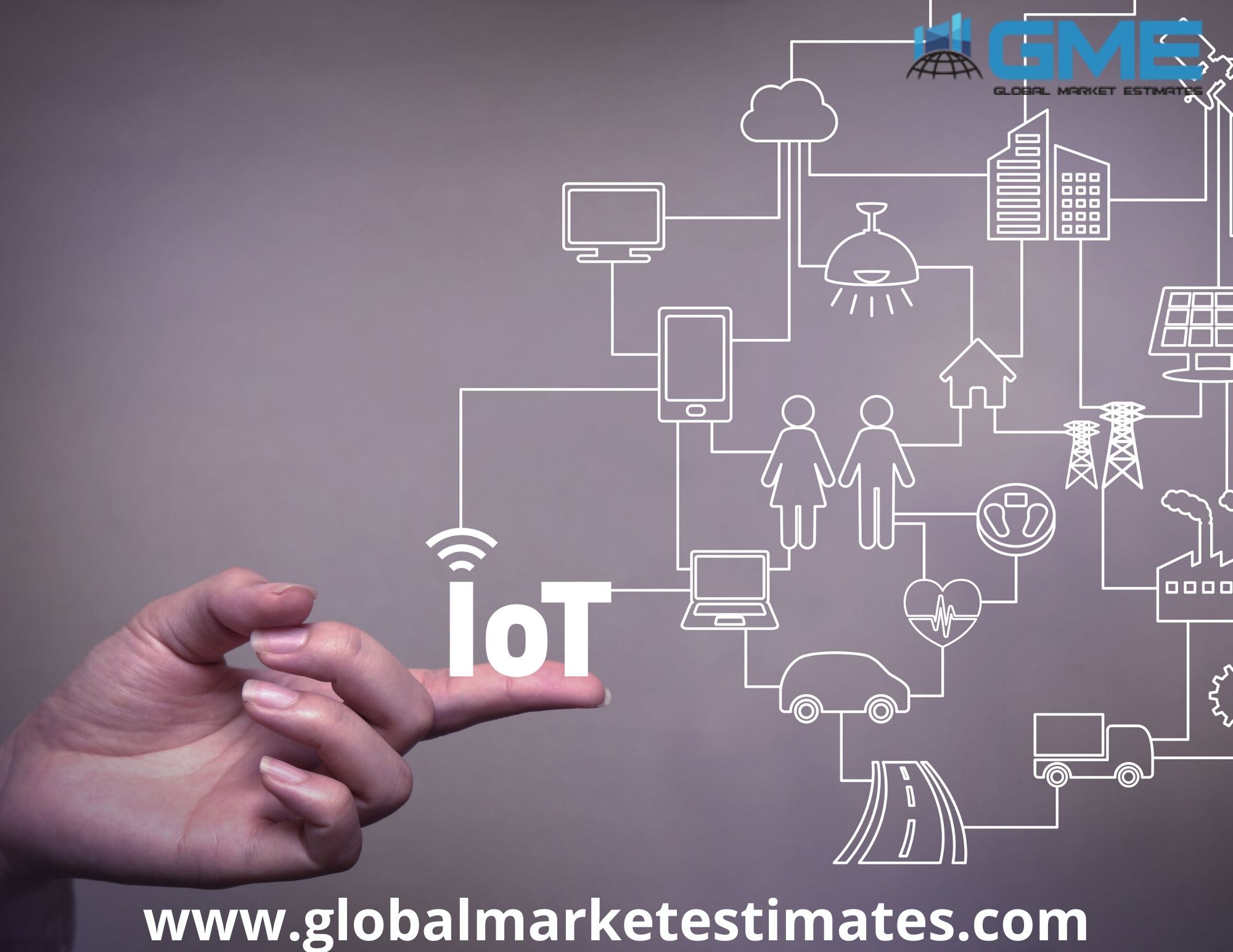The Internet of Things has evolved in the recent times and is a concept of everyday objects, from streetlights, to industrial machinery, and even wearable devices, anything that is interconnected using built-in sensors and sharing relevant data wirelessly amongst each other. With the current applications currently in use and the new inventions daily, it is not too far to assume that soon huge part of our lives will be impacted with IoT- enabled devices in some way.
For market researchers, the focus not only relies on the devices between which data is transferred, but also on how the data is transferred. With the emergence of big data analytics, the potential value of everyday interconnected devices and services have been taken to a whole new level. Researchers are also gaining the ability to minutely analyse data sets and extract real-world insights from every mundane, day-to-day activities as well. Let us have a look at how market researchers can leverage IoT for their own benefits.
Firstly, IoT sensors are by default internet-enabled, thus data is always shared or received via the cloud. Thereby, IoT has major implications when it comes to cloud computing, streaming analytics, big data, data visualization, and so forth. Since huge data is now available for their perusal, market researchers are able to collect data and suitably process and analyse it. This has led to cloud vendors such as Microsoft Azure, Amazon Web Services, etc., benefit greatly from it.
Secondly, market researchers generally consider the technology industry as the initial adopters of brand-new technical innovations, and focus their attention and research towards that viewpoint. But because of IoT in market research, some of the conventional industries, such as, manufacturing, government, oil and gas, etc. are actually leading the IoT revolution.
IoT majorly focuses on how to make data sharing and disseminating easier. As a result, most of the major corporations in this field such as Microsoft, Cisco, and others build secure IoT devices and spend huge amounts of money into making the internet of things a highly secure, level, playing field for a multitude of devices.
The year 2016 is a landmark year that highlighted IoT's significance on the world map and allowed the technology to gain legitimacy. Business organizations across industries now have IoT pointed out on their radar. The future indicates a bright opportunity for researchers willing to understand this technology and pursue the same. Major future trends for IoT suggest that a wide range of IoT platforms will crop up to enable simpler, faster, and timely development of IoT applications. Secondly, real-time analytics will continue become smarter and more streamlined due to devices sharing accurate and fast data. This has ensured IoT's significance for market developers remains on the rise. Thirdly, market researchers will be evolving for prescriptive and predictive IoT analysis. Lastly, with 4G and LTE now giving way to 5G in many places across the world, the IoT ecosystem will benefit from an expanding mobile and connected world.
Request Free Workshop: https://www.globalmarketestimates.com/next-gen-market-intelligence-services.php

